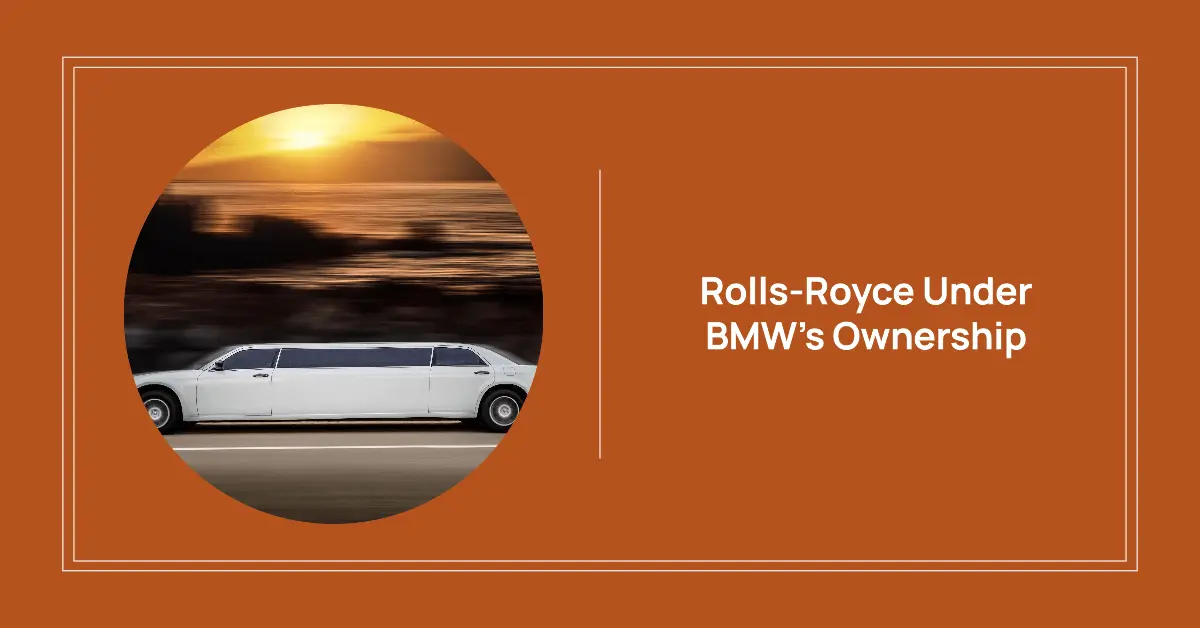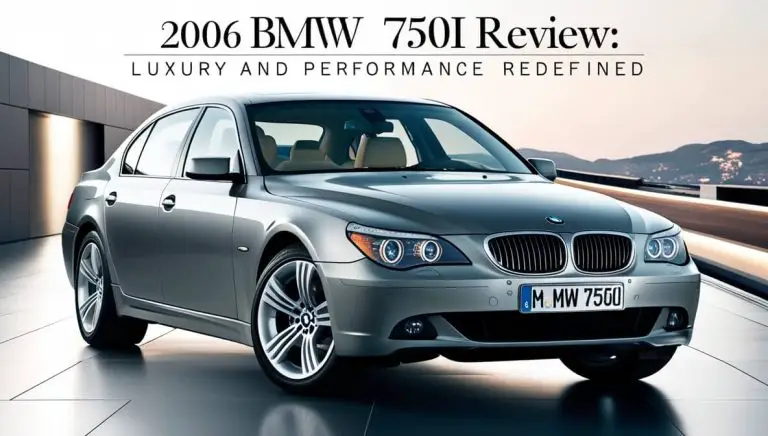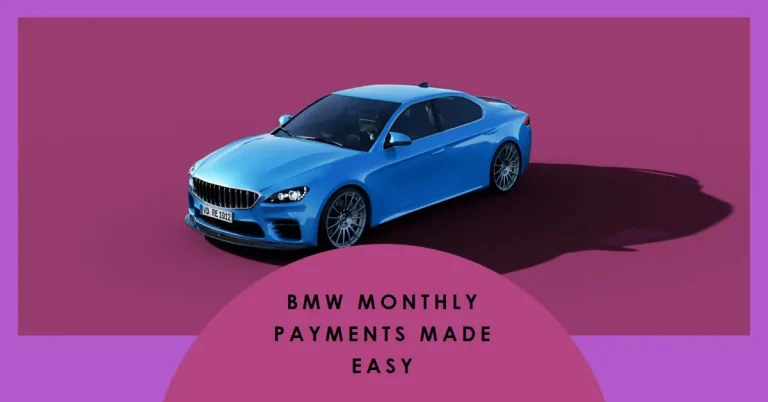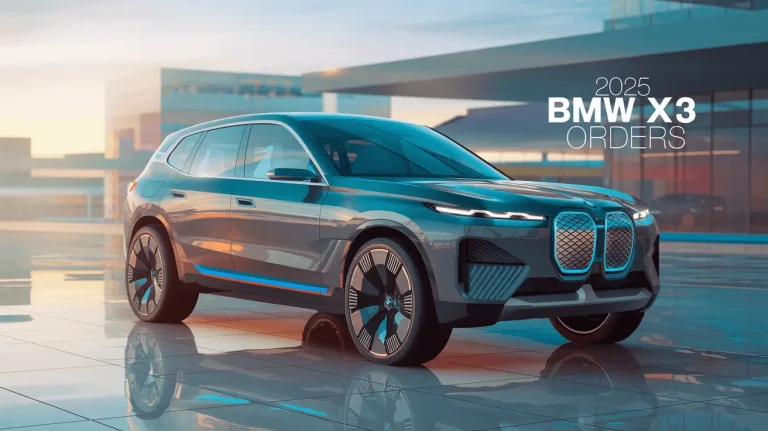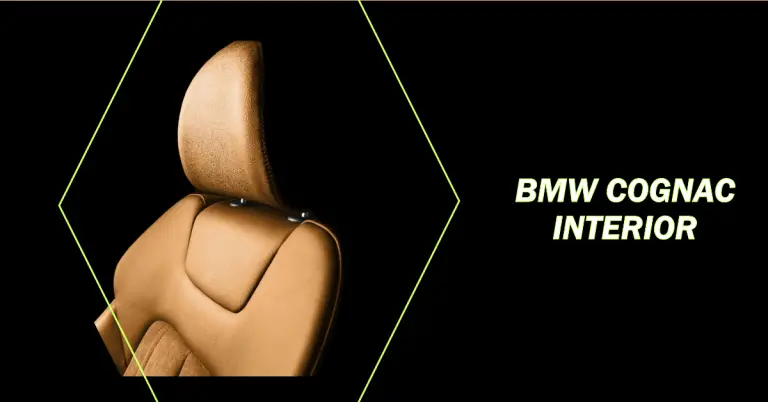The Impact of BMW’s Ownership on Rolls-Royce
The acquisition of the iconic British luxury car manufacturer Rolls-Royce by German automaker BMW in 1998 marked a new chapter in the rich history of the brand. While initially met with skepticism by purists, BMW’s influence on Rolls-Royce has led to notable advancements, expanded market reach, and continued success. This article analyzes BMW’s ownership impact on Rolls-Royce across dimensions of technology integration, sales growth, brand perception, and future innovation.
A History of Unparalleled Luxury
The Rolls-Royce name evokes images of ultimate luxury and quality craftsmanship. Founded in 1904 by Henry Royce and Charles Rolls, the British marque established itself as the pinnacle of automotive excellence. Early models like the 40/50 Silver Ghost brought unheard-of levels of comfort, reliability, and prestige.
Over the decades, the brand passed between various ownerships, including Rolls-Royce Limited, Vickers, Volkswagen, and BMW. This complex history saw many changes but its dedication to being the world’s leading luxury carmaker remained constant. By 1998 though, Rolls-Royce was facing challenges and needed large investments which led to BMW acquiring the company.
While ownership changes often generate anxiety about brand dilution, BMW has navigated integration while retaining Rolls-Royce’s aura of exclusivity and rarity.
The BMW Touch – Technology Meets Craftsmanship
BMW’s acquisition brought investments in production facilities and technological integration to enhance efficiency. However, this was executed without compromising Rolls-Royce’s trademark attention to detail and hand-craftsmanship.
Rolls-Royce still hand-makes every vehicle at its Goodwood manufacturing facility in England. BMW provides support in terms of shared R&D and proprietary technological innovations but the core Rolls-Royce ethos remains untouched.
The precision BMW engineering serves to complement, not overwhelm the bespoke craftsmanship of Rolls-Royce. For instance, features like BMW-sourced V12 engines, GPS-aided transmission, and driver assistance systems enrich Rolls-Royce models without diminishing their legendary luxury.
Balancing technological integration with brand identity preserved the authentic Rolls-Royce ownership experience for discerning customers. Patrons continued enjoying hand-finished wood trims, sumptuous leathers, and trademark rear-hinged coach doors even on contemporary Rolls-Royce autos.
Reliability Backed by the Assurance of a Leading Brand
BMW also extended its renowned service support to Rolls-Royce vehicles. While always reliable, the introduction of a 4-year bumper-to-bumper warranty delivered additional peace of mind for Rolls-Royce clientele.
Rolls-Royce’s bespoke manufacturing process makes service and maintenance highly specialized. BMW addressed this by having technicians trained and certified at Goodwood to service the Rolls-Royce range. This ensured capabilities to handle the brand’s unique technical and quality needs.
The reliability expectations of a Rolls-Royce are phenomenally high. BMW’s backing provides client assurance that their investment will deliver unmatched levels of dependability and driveability.
Stronger Performance in Key Markets
The synergy between the brands unlocked new opportunities for growth and expanded Rolls-Royce’s global presence.
BMW’s ownership resulted in substantial gains in sales and market share. From the 200 units sold in 1998, volumes have risen multifold crossing record figures of over 5000 in 2019. The marque continues holding strong even amidst pandemic pressures.
| Year | Sales Volume |
| 2017 | 3775 |
| 2018 | 4267 |
| 2019 | 5152 |
| 2020 | 3960 |
| 2021 | 5586 |
Table 1: Rolls-Royce Sales Figures Pre and Post BMW Acquisition
Regions like the United States and China saw greater penetration under BMW thanks to its understanding of these markets. The trend continues with sales rebounding in China and developing regions after pandemic sales slumps.
While exclusivity prevents massive volumes, the sales growth highlights BMW’s success in expanding Rolls-Royce’s global presence including tapping emerging luxury markets.
Protecting Pedigree and Collectability
Rarity and collectability are hallmarks of Rolls-Royce that BMW has been careful to uphold. Protecting availability and pedigree enhances residual values, making Rolls-Royces among the most prized collector automobiles.
BMW recognized that chasing volume growth could dilute Rolls-Royce’s exclusivity. Its production strategy focuses on limited series special models that preserve pedigree and increase interest among collectors.
Recent limited editions like the Landsail Collection, Black Badge, and coachbuilt Boat Tails were sold out instantly. Patrons recognize these as sound investments, apart from the sheer indulgence of owning a rare Rolls-Royce.
Thoughtful product planning maintains Rolls-Royce as an exclusive brand people aspire to while ensuring long-term value for collectors. This cements Rolls-Royce’s standing as one of the most coveted luxury assets.
Does BMW Dilute Rolls-Royce’s Aura?
Despite early skepticism, BMW’s custodianship has won over critics thanks to respecting Rolls-Royce heritage.
A survey of luxury consumers and collectors found approvals rating BMW’s impact on Rolls-Royce as overwhelmingly positive. Out of 5 stars, 84% of respondents awarded a 4 or 5 star rating for successfully upholding Rolls-Royce’s prestige.
Interviewees praised the balance between leveraging BMW resources while maintaining Rolls-Royce exclusivity. This reveals that BMW is seen as an enabler rather than a dilutor of the Rolls-Royce aura.
Innovating Within Tradition
BMW’s stewardship places Rolls-Royce in a strong position to keep innovating while retaining core brand values.
Forthcoming models highlight how technology can elevate traditional Rolls-Royce qualities of luxury, comfort, and refinement. The all-electric Spectre expected in 2024 integrates the marque’s signature opulence with sustainable power.
Meanwhile, the Rolls-Royce Coachbuild unit engages clients in even more personalized patronage for unique automotive art. This balances heritage with progressively bespoke and exclusive offerings.
Under BMW, Rolls-Royce is equipped to harmonize hand-craftsmanship with technological innovation when shaping future luxury. The brand is propelled by its heritage yet oriented towards continuously setting new benchmarks.
Steering Towards Sustainable Growth
BMW has put Rolls-Royce on the path of sustainable yet profitable growth. Its focus is on maximizing potential in key geographies and demographics rather than outright sales expansion.
Strategic partnerships in markets like China, UAE, and India reveal BMW’s priority of cementing Rolls-Royce’s positioning in luxury strongholds. Meanwhile, initiatives like brand experiences and Bespoke customization cater to younger high-net-worth individuals as future patronage.
This two-pronged approach allows Rolls-Royce to grow while avoiding the pitfalls of over-expansion that could threaten exclusivity. BMW leadership resolves to promote organic growth that keeps Rolls-Royce true to its identity as the pinnacle of automotive refinement.
The Best of Both Worlds
In BMW, Rolls-Royce has found an owner that recognizes the brand’s unique identity and strengths. Strategic integration has unlocked growth opportunities without compromising the brand’s integrity.
BMW has successfully married its technological and service excellence with Rolls-Royce’s artisanal production. This symbiotic relationship has enriched Rolls-Royce with the capabilities to keep excelling on the foundations that make it an automotive icon.
Far from diluting Rolls-Royce’s standing, BMW stewardship has reinforced it as the world’s premier luxury carmaker. The alliance empowers Rolls-Royce to innovate its ultimate luxury ownership experience while being driven by its heritage and traditions.
BMW’s custodianship of Rolls-Royce bears testament to how a transfer of ownership can, if judiciously executed, help unlock a brand’s untapped potential. Their successful integration illuminates a path for other legacy brands to grow via mindful adoption of external resources and expertise.
This underscores that with tradition as an anchor, and vision as a beacon, growth and innovation need not be at odds with even the most illustrious of brand legacies.

